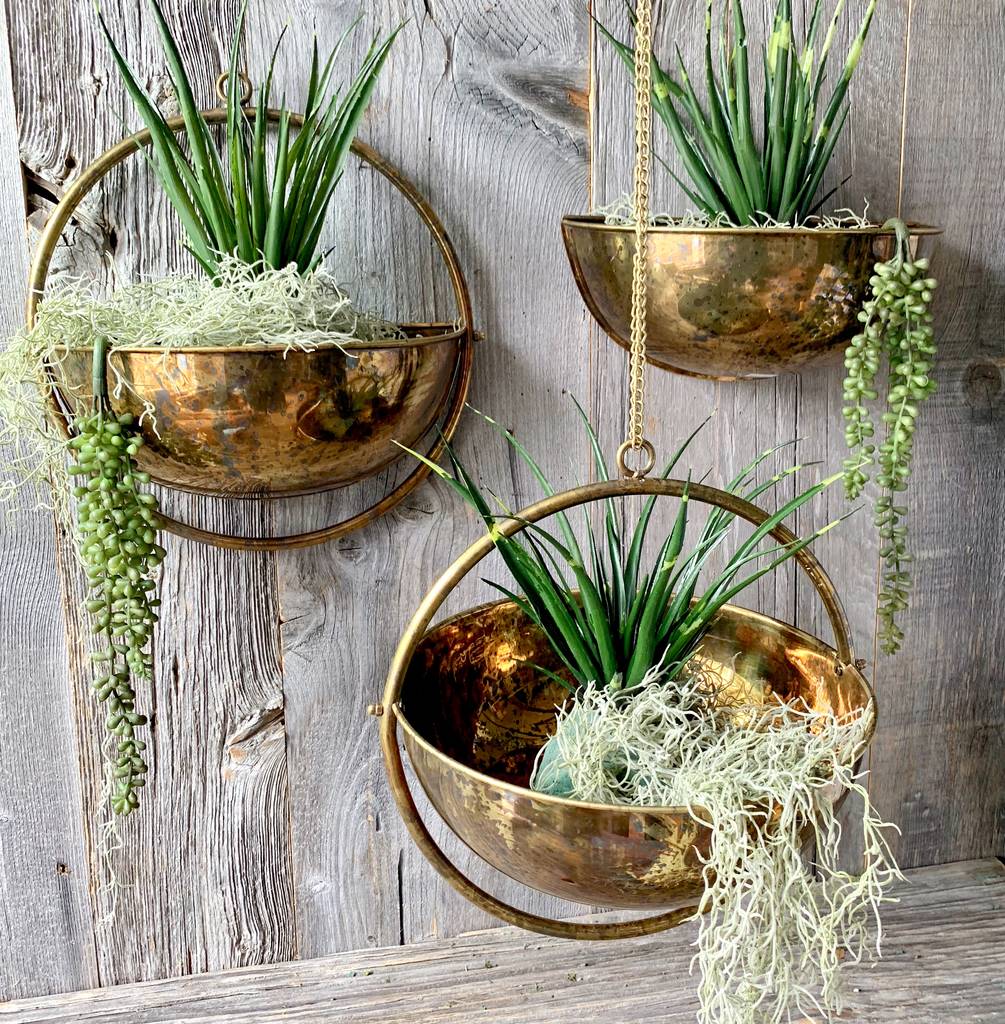How to Design a Vertical Garden at Home: Step-by-Step Guide

Imagine transforming your bland walls into a lush, living canvas of greenery. Vertical gardens, also known as green walls, are not just a trend but a sustainable and beautiful way to bring nature into your home. Whether you live in a bustling city or a quiet suburb, designing a vertical garden can turn your space into an urban oasis. Let's dive into the step-by-step process of creating your own vertical garden at home.
Why Choose a Vertical Garden?
Vertical gardens offer numerous benefits. They save space, purify the air, and add a touch of natural beauty to any room. Plus, they're a fantastic way to engage in urban gardening, even if you don't have a backyard. So, are you ready to turn your walls into a green masterpiece? Let's get started!
Step 1: Planning Your Vertical Garden
Choose the Right Location
The first step is to select the perfect spot for your vertical garden. Consider factors like sunlight exposure, humidity, and temperature. Most plants thrive in areas with indirect sunlight, so a north-facing wall might be ideal. Avoid placing your garden near heat sources or drafty areas.
Select Your Plants
When choosing plants, think about their care requirements and how they'll look together. Some popular options for vertical gardens include ferns, succulents, and herbs. Make sure to mix and match textures and colors to create a visually appealing display.
Step 2: Gather Your Materials
Wall Planters
Wall planters come in various shapes and sizes. You can use pocket planters, hanging baskets, or even DIY planters made from recycled materials. Choose planters that complement your home's aesthetic and are easy to mount.
Soil and Fertilizer
Opt for a well-draining potting mix that's suitable for your chosen plants. Adding a slow-release fertilizer can help ensure your plants get the nutrients they need.
Tools
You'll need basic tools like a drill, screws, a level, and gloves. If you're using a pre-made vertical garden kit, follow the manufacturer's instructions for installation.
Step 3: Install Your Vertical Garden
Prepare the Wall
Before mounting your planters, make sure the wall is clean and dry. If you're installing a large vertical garden, consider using a moisture barrier to protect the wall from water damage.
Mount the Planters
Using a level, mark the spots where you'll mount your planters. Drill holes and insert screws to secure the planters to the wall. Ensure they're evenly spaced and aligned for a neat appearance.
Plant Your Greenery
Fill your planters with soil and carefully plant your chosen greenery. Make sure to leave enough space between plants for growth. Water them gently to settle the soil.
Step 4: Caring for Your Vertical Garden
Watering
Vertical gardens require regular watering, especially during the initial growth phase. Use a watering can with a narrow spout to reach all parts of the garden. Ensure the soil is moist but not waterlogged.
Plant Care
Prune your plants regularly to encourage healthy growth and maintain the garden's shape. Remove any dead leaves or flowers to keep the garden looking fresh.
Fertilizing
Apply a balanced liquid fertilizer every few weeks to keep your plants healthy. Follow the instructions on the fertilizer package for the correct dosage.
Step 5: Enjoy Your Vertical Garden
Your vertical garden is now complete! Sit back and enjoy the beauty of your living wall. Remember, gardening is a journey, so don't be discouraged if some plants don't thrive. Experiment with different species and arrangements to find what works best for you.

Conclusion
Designing a vertical garden at home is a rewarding project that brings nature indoors. By following these steps, you can create a stunning green wall that not only enhances your space but also improves air quality and adds a touch of serenity. So, why wait? Start your vertical gardening journey today and transform your home into a lush sanctuary.
FAQs
What are the best plants for a vertical garden?
Some of the best plants for a vertical garden include ferns, succulents, herbs, and trailing plants like pothos and philodendron. Choose plants that are easy to care for and have similar light and water requirements.
How often should I water my vertical garden?
The frequency of watering depends on the type of plants and the climate. Generally, water your vertical garden every 2-3 days during the initial growth phase. Once established, watering once a week may be sufficient.
Can I use artificial plants in my vertical garden?
While artificial plants require no maintenance, they don't offer the same benefits as live plants, such as air purification and the joy of nurturing living things. However, if you're short on time or have a black thumb, artificial plants can still add a touch of greenery to your space.
How do I prevent pests in my vertical garden?
Regularly inspect your plants for signs of pests. Use natural pest repellents like neem oil or insecticidal soap. Keeping your plants healthy and well-maintained can also help prevent pest infestations.
Can I grow vegetables in a vertical garden?
Yes, you can grow vegetables in a vertical garden. Leafy greens like lettuce and spinach, as well as herbs like basil and parsley, are great choices. Ensure your vertical garden gets enough sunlight and has a good drainage system to support vegetable growth.

By following these steps and tips, you'll be well on your way to creating a beautiful and thriving vertical garden at home. Happy gardening!
0 Response to "How to Design a Vertical Garden at Home: Step-by-Step Guide"
Post a Comment